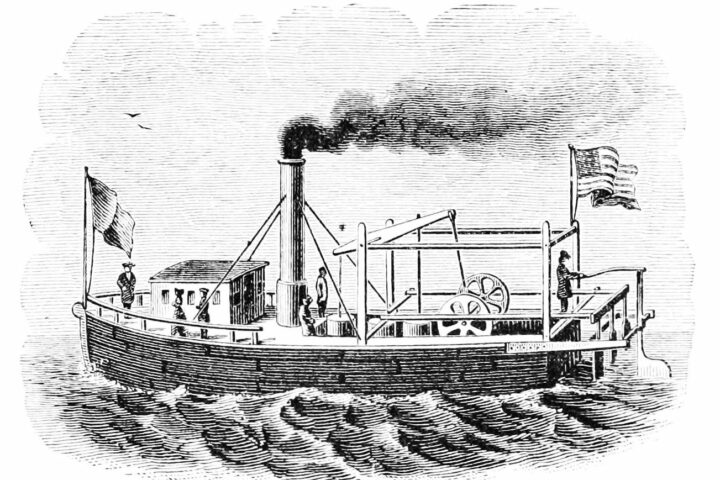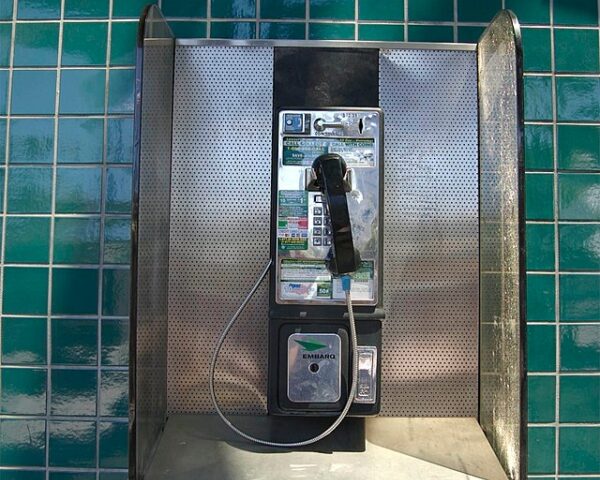Throughout the early 19th century, innovators were determined to revolutionize how we write. On June 23, 1868, Christopher Latham Sholes, a newspaper editor and printer from Milwaukee, Wisconsin, partnered with Carlos Glidden and Samuel W. Soule succeeded in making that dream a reality. They created and patented a machine that would change history–the typewriter.
Although it was initially met with skepticism, their early prototype laid the foundation for subsequent advancements and changed the world.
The first model, according to Brittanica, “was a crude machine, but Sholes added many improvements in the next few years, and in 1873 he signed a contract with E. Remington and Sons, gunsmiths, of Ilion, New York, for manufacture. The first typewriters were placed on the market in 1874, and the machine was soon renamed the Remington. Among its original features that were still standard in machines built a century later were the cylinder, with its line-spacing and carriage-return mechanism; the escapement, which causes the letter spacing by carriage movement; the arrangement of the typebars so as to strike the paper at a common centre; the actuation of the typebars by means of key levers and connecting wires; printing through an inked ribbon; and the positions of the different characters on the keyboard, which conform almost exactly to the arrangement that is now universal. Mark Twain purchased a Remington and became the first author to submit a typewritten book manuscript.
The first typewriter had no shift-key mechanism—it wrote capital letters only. The problem of printing both capitals and small letters without increasing the number of keys was solved by placing two types, a capital and lowercase of the same letter, on each bar, in combination with a cylinder-shifting mechanism. The first shift-key typewriter—the Remington Model 2—appeared on the market in 1878. Soon after appeared the so-called double-keyboard machines, which contained twice the number of keys—one for every character, whether capital or small letter. For many years the double keyboard and the shift-key machines competed for popular favor, but the development of the so-called touch method of typing, for which the compact keyboard of the shift-key machines was far better suited, decided the contest.
Another early issue concerned the relative merits of the typebar and the type wheel, first applied in cylinder models brought out in the 1880s and later. In modern machines of this variety the type faces are mounted on a circle or segment, the operation of the keys brings each type to correct printing position, and the imprint of type on paper is produced by a trigger action. The type-wheel machines offer an advantage in the ease with which the type segments may be changed, thus extending the range and versatility of the machine.
On nearly all typewriters, the printing is done through an inked ribbon, which is fitted on spools, travels with the operation of the machine, and reverses automatically when one spool becomes completely unwound. On other machines an inking pad is used, the type contacting the pad prior to printing.”
As the typewriter gained popularity, manufacturers introduced various improvements to enhance its functionality and ease of use. Shift keys allowed typists to create both uppercase and lowercase letters, interchangeable typefaces became available, and mechanisms improved. The typewriter transformed the nature of communication and literature, enabling authors, journalists, and professionals to produce written works with unprecedented speed and accuracy. It became an essential tool, fostering a culture of writers, typists, and secretaries, and led to the establishment of typists’ unions advocating for fair wages and improved working conditions.
With the advent of the computer age, typewriters gave way to word processors and digital keyboards. However, the legacy of the typewriter endures. The QWERTY keyboard layout, named after the first six letters in the top row, remains a testament to its enduring influence.






